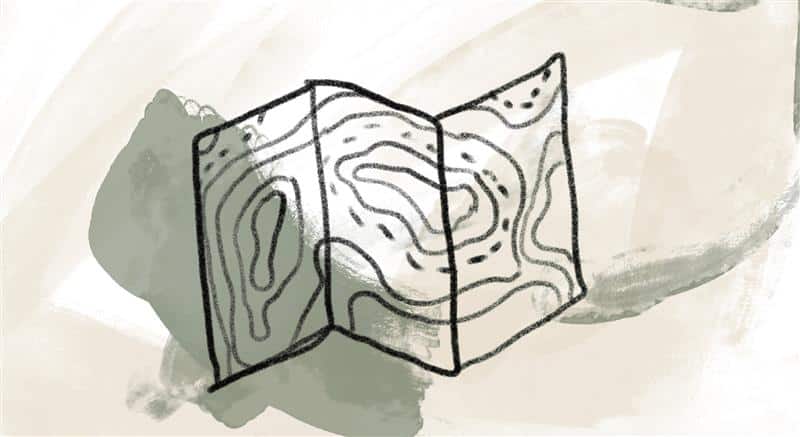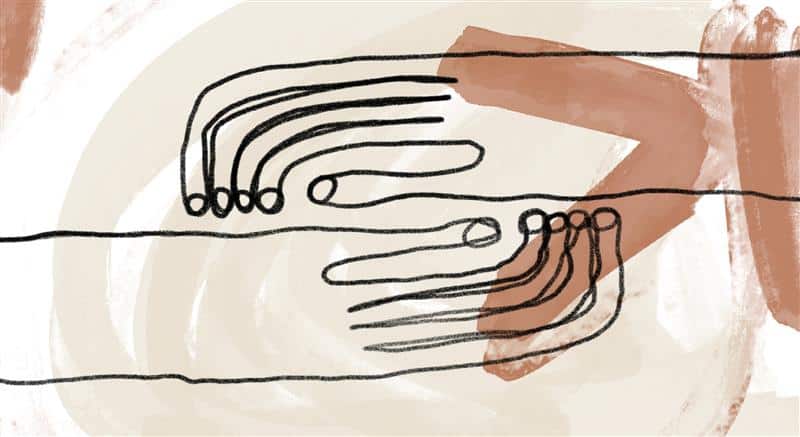
Sunday
Learning to dance the cosmic dance—this is why we are here on this earth, living the life we are living. At least this is one way of expressing the heart’s conviction concerning the need to recognize and move with the divinity manifested in the primordial rhythms of the day by day life we are living.
—James Finley
Monday
Most of the things that we notice, we notice in passing, on our way to something else; then, every so often, something gives us reason to pause. Something catches our eye or draws our attention, and we’re drawn for a moment to ponder or to reflect on that which awakened us in this way.
—James Finley
Tuesday
Staying awake comes not from willpower but from a wholehearted surrender to the moment—as it is. If we can be present, we will experience what most of us mean by God, and we do not even need to call it God. It’s largely a matter of letting go of resistance to what the moment offers or to quit clinging to a past moment.
—Richard Rohr
Wednesday
You sit down to meditate not only because it helps you to find rest in the arms of the formless Beloved but also because it increases your chances of being stunned by beauty when you get back up.
—Mirabai Starr
Thursday
A contemplative practice is any act, habitually entered into with your whole heart, as a way of awakening, deepening, and sustaining a contemplative experience of the inherent holiness of the present moment.
—James Finley
Friday
Each time we give ourselves over to our contemplative practices, whatever they might be, we find ourselves, once again, one with the communal mystery in which there is no separate self.
—James Finley
Seeing Not Looking
Author Esther de Waal considers Thomas Merton’s practice of contemplative photography:
Thomas Merton was of course a writer and a teacher, and a poet, but he was also a photographer, and it is from his photographs that we learn much about how he saw the world, and how he prayed—and the two are of course intimately connected…. He handled a camera as an artist would, and used it as an instrument of delight and perception. It was in the later 1950s that the journalist John Howard Griffin [1920–1980] visited Merton in his hermitage. He had his camera with him and … let [Merton] keep it on extended loan. At first when Merton sent him the negatives, John Howard Griffin was puzzled, for [Merton’s] view was so different from that of most people. Merton photographed whatever crossed his path—a battered fence, a rundown wooden shack, weeds growing between cracks, working gloves thrown down on a stool, a dead root, a broken stone wall. He approached each thing with attention, he never imposed, he allowed each thing to communicate itself to him in its own terms, and he gave it its own voice.
Later on when he was out in the woods with a young friend, Ron Seitz, both with their cameras, Merton reprimanded him severely for the speed with which he approached things. He told him to stop looking and to begin seeing:
Because looking means that you already have something in mind for your eye to find; you’ve set out in search of your desired object and have closed off everything else presenting itself along the way. But seeing is being open and receptive to what comes to the eye…. [1]
He used his camera primarily as a contemplative instrument. He captured the play of light and dark, the ambience, the inner life. But above all he struggled towards an expression of silence through the visual image, so that his photographs show us that ultimately his concern was to communicate the essence of silence.
References:
[1] Ron Seitz, Song for Nobody: A Memory Vision of Thomas Merton (Liguori, MO: Triumph Books, 1995), 133.
Esther de Waal, Lost in Wonder: Rediscovering the Spiritual Art of Attentiveness (Collegeville, MN: Liturgical Press, 2003), 63–64, 65.
Image credit: A path from one week to the next—Taylor Wilson, Ruah (detail), print. Izzy Spitz, Chemistry of Self 3 (detail), digital oil pastels. Izzy Spitz, momentary peace (detail), digital oil pastels. Used with permission. Click here to enlarge image.
Like this simple shape, the contemplative heart is found in the simplicity of everyday life.




